What should we REALLY be putting in our mouths?
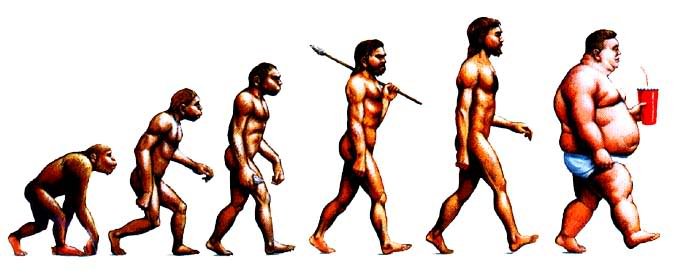
I hear a lot of debate on which diet is best and do my best to only make arguments that are backed by science. It’s really hard for me not to get emotional regarding veganism because it simply is a very emotional issue. Come on, there are millions of suffering animals out there every second of every day. MILLIONS!
However, that’s not what this post is about. This post is about human evolution as compared to other animals that happen to be herbivores, omnivores and carnivores. My wonderful friend, Jim, put a paper together and I’ve summarized his main points here. He’s a pretty smart guy (with a background in the medical field) and he’s really passionate about veganism – what a great mix! Without further ado, I give you the list….
Let’s start at the top, with our jaws. Our weak, floppy little jaws.
- Jaws of carnivores are hinged on the same plane of the molars, in order to strengthen the bite. They also have a simple joint at the base of the mandible, that does not allow for side-to-side movement. This helps stabilize the jaw and delivers a stronger bite. Our mandible (along with other herbivores) hinges above the level of the molars and allows for movement in many directions.
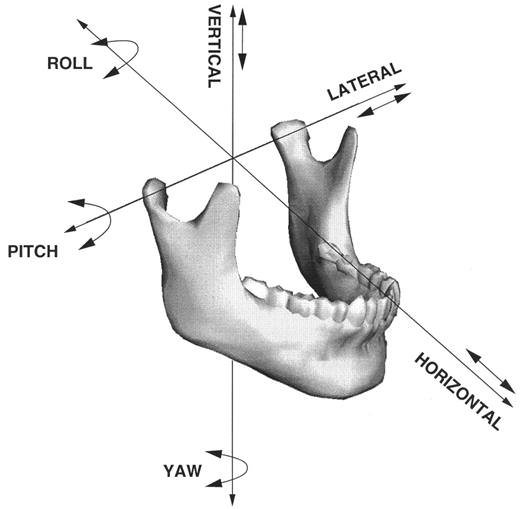
- The angle of our jaw at its widest is also minimal, compared to that of a carnivore who counts on his mouth for killing. The average opening of an adult mandible is a measly 50-60 mm for men and 45-55 mm for women. It's hard to deliver a deadly bite with that little mouth-hole!
- Additionally, our bites are suuuuuper weak. Humans (and other herbivores) use our masseter and pterygoid muscles for chewing, while carnivores and omnivores use their much stronger temporalis muscle to deliver the bites to kill and tear through raw meat.
One of the most common arguments I hear is “Then why do we have canines?!” Oh, you mean those silly little teeth on the side? Those are adorable!
- The length, shape and placement of our canine incisors don’t match up with those of carnivores or omnivores. However, our flat molars, which match those of herbivores, do function quite well for grinding vegetation. Pair those molars with the side-to-side movement of our mandibles and you’ve got a salad eating machine!
- If you’re a carnivore, your teeth pass each other on each bite, causing a scissor effect to tear through flesh. This alignment of the molars is not prevalent in herbivores.

Moving down the digestive system to saliva
- The enzymes in our saliva differ greatly from that of a carnivore or omnivore. Our saliva contains an enzyme called Ptyalin that is specifically designed to digest starchy carbohydrates. Humans begin to digest carbs before they even hit our stomach. This specific enzyme is found in our DNA six different times! ! You’d think I could eat more pasta and not gain weight, eh? Carnivores don’t have this enzyme at all, as it is not required to digest meat or dairy.
- Our spit also differs from omnivores and carnivores in that they exhibit acidic saliva (pH below 7), whereas our saliva is alkaline (pH above 7).
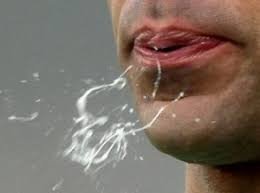
Gross AND defenseless against bacteria!
Have you ever watched a lion gulp down its food?
- Compare that to the difficulty we feel when trying to swallow a tiny pill without water. Herbivores can only swallow small boluses and extensively chew our food before we swallow, while carnivores and omnivores swallow their food whole or give it a simple crushing bite or two.
- As humans (along with other herbivores), our tongue is the main workhorse of our swallowing mechanism. Our tongues are large and powerful, making them able to manipulate food, break down cellular walls and begin the act of digestion right there in the mouth.
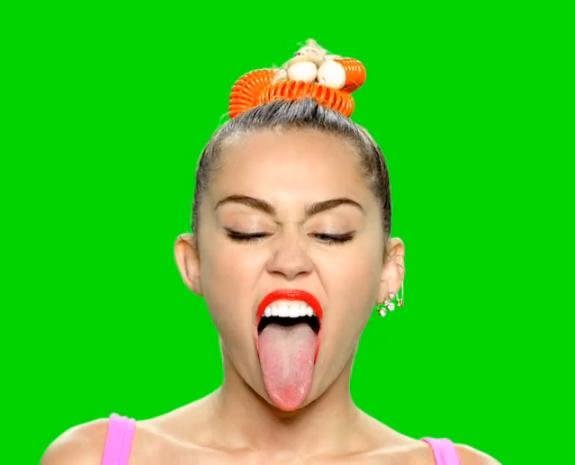
She might be my favorite vegan. #guiltypleasure
Tummies! Tummies! Tummies!
The stomach capacity of a carnivore takes up 60-70% of their entire digestive tract, while herbivores’ stomachs take up less than 30% of their digestive tracts. Compare that to mine and yours and, you guessed it, human stomachs take up 21-27% of their entire digestive tract!
The acidity of our stomach, like our saliva, is different than that of carnivores and omnivores as well. The acidity level of the average human stomach is about pH4-5, while an omnivore and carnivore is around a pH of 1-2. This increased acidity is to assist in killing off the bacteria found in rotting/raw flesh. Humans have learned to cook our food to get rid of this bacteria, since our stomachs won’t do it for us.

The remainder of our digestion is done in our small intestine, which is 10-11 times our body length. Carnivores’ and omnivores’ colons are 3-6 times their body length. Herbivores are 10-<12 times their body length.
These shorter intestines allow carnivores and omnivores to digest food more quickly, with an average digestion time of 2-4 hourse, while humans and other herbivores take 12-18 hours from mouth to...errr....pot.
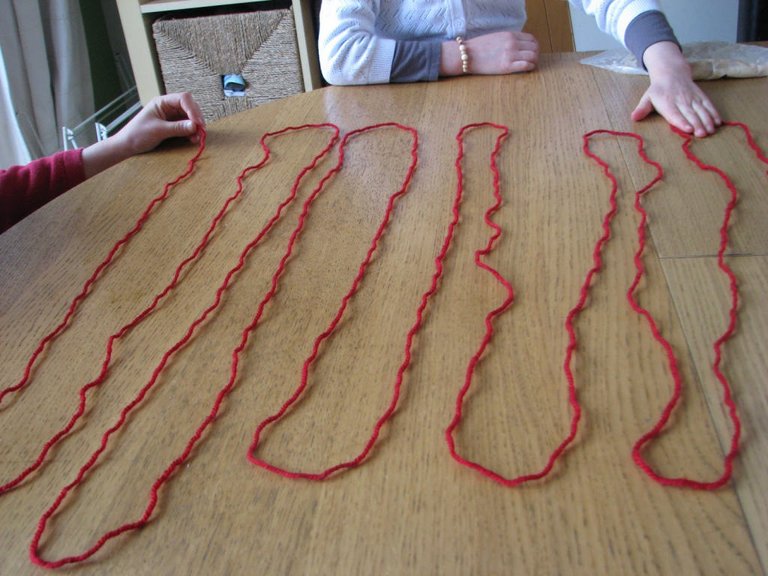
Let's talk about sweat!
- Another interesting fact that is not-so-related to digestion is that humans sweat. A lot. Especially when you put us in a 105 degree room and ask us to do yoga for 90 minutes (ahem, Bikram!)! As with other herbivores, our bodies have sweat glands throughout our bodies to aid in temperature regulation. Carnivores have very few and often have no sweat glands and use panting to regulate their temperature. Think about it, have you ever seen little Fluffy sweat?

Claws!
- While we humans do have shiny, pretty little fingernails, they are nothing compared to a carnivores’ claws. Our fingernails are flat, floppy and dull, like other herbivores’ flattened nails or blunt hooves. Carnivores and omnivores feature sharp claws that help with hunting. I can’t imagine using my flimsy little nails to tear into someone’s flesh!

Aside from the fact that they continually grow throughout our lives, our fingernails and toenails have nothing in common with these ripping machines! - While I do pride myself on my grip strength as a climber, our hands are really built for dexterity and mobility, perfectly designed for peeling fruits and veggies as opposed to ripping apart a living being.
Instincts
Hunting and killing for food is simply not instinctual for humans. Yes, many humans enjoy hunting, but it's not a drive that we're born with - it's a learned behavior. I really love this quote by Gary Yourofsky:
If you place a baby in a crib with a bunny and a banana, let me know when the baby plays with the banana and tries to eat the bunny instead.
I’ll get to the health benefits later, or you can feel free to research on your own, but I’ll just say this: They’re vast.
Many of these points can also be found in this paper, “The Comparative Anatomy of Eating” by Milton R. Mills, M.D. http://www.ecologos.org/anatomy.htm
AND in this fantastically summarized chart:
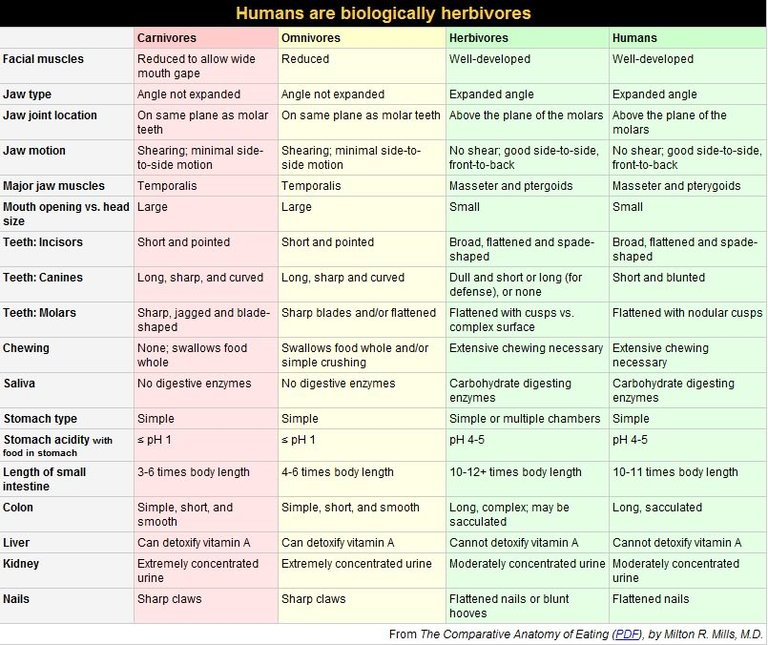
100% Quality Content! Keep up the great work : - )
Thanks so much!
really great post! thanks for taking time and wrighting down this!
Thanks! It was my favorite post to put together so far!
Evolution cannot tell us anything about our eating habit because it is fake.
If that is your belief, I can respect that. View this information as a simple comparison, then. Compare our current status to the status of other animals who are carnivores and herbivores. Taking evolution out of it doesn't change the comparative analysis 😊
My comment was not intended to attack or insult you this post is great I am eating vegan too I just want people to know that evolution is a lie. People believe it only because they say it has happened over a billion of years. :)